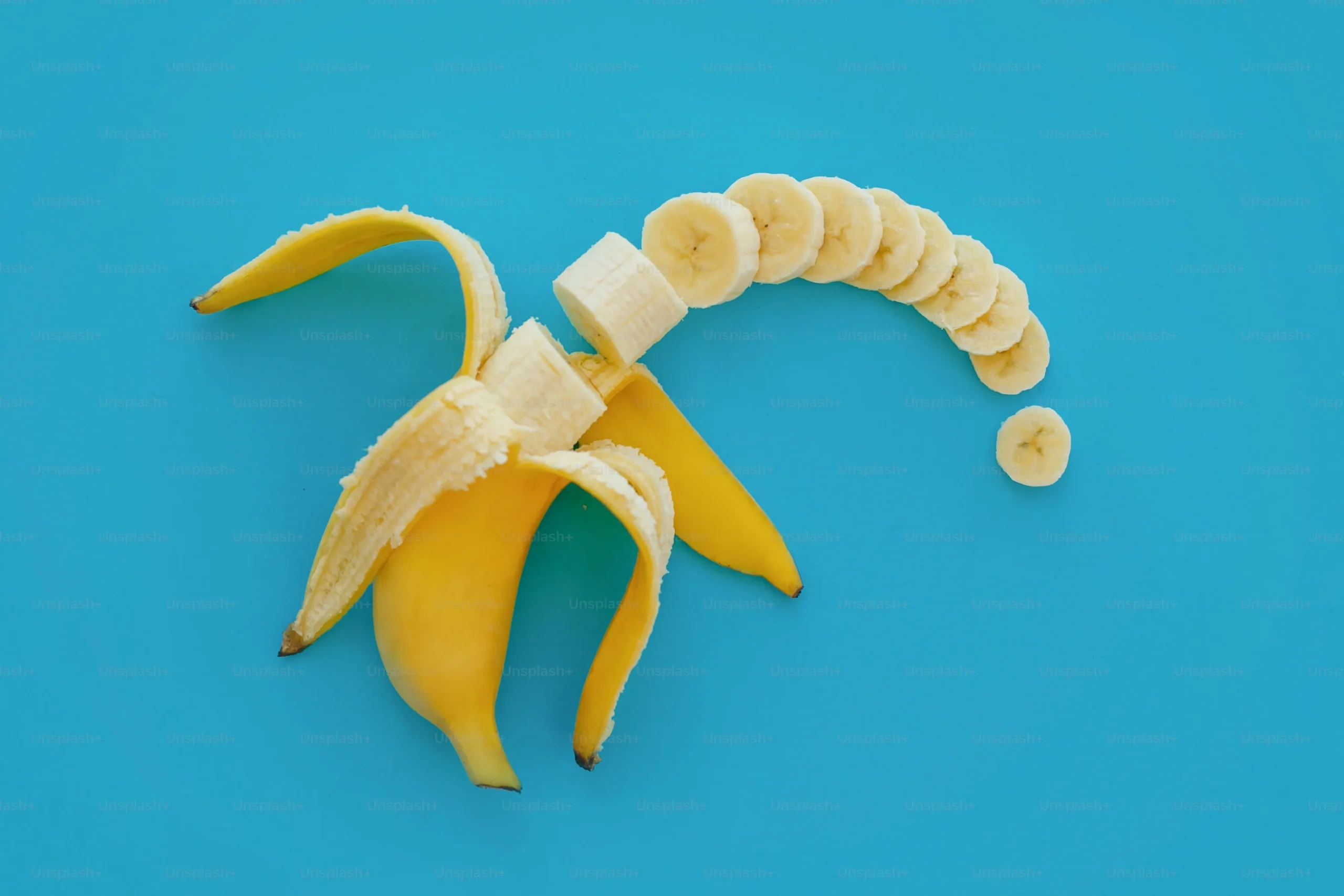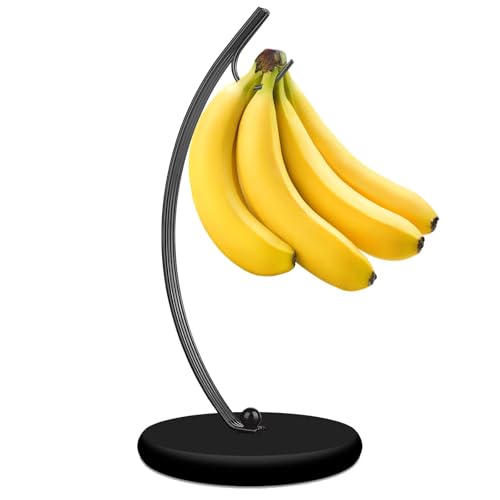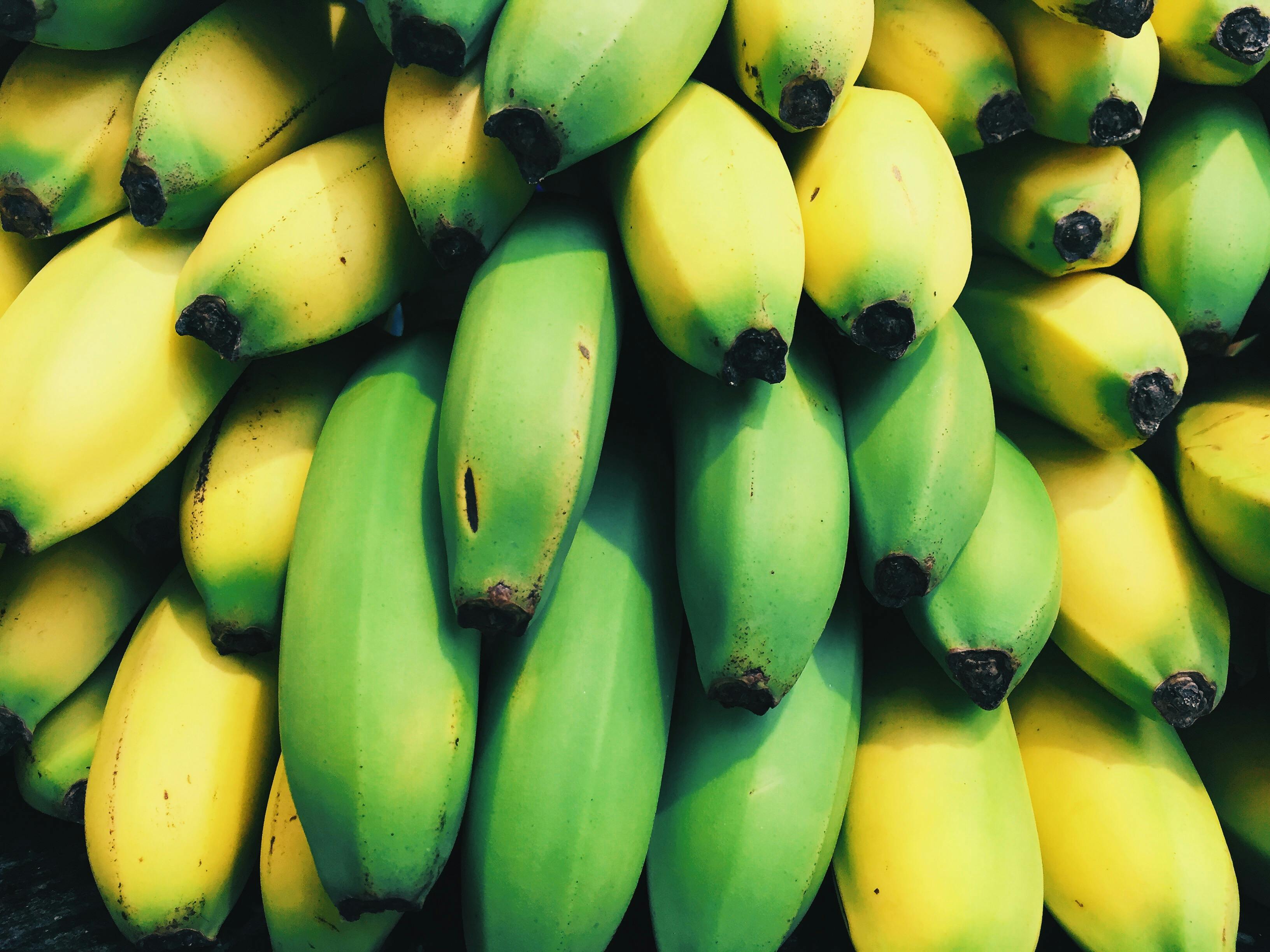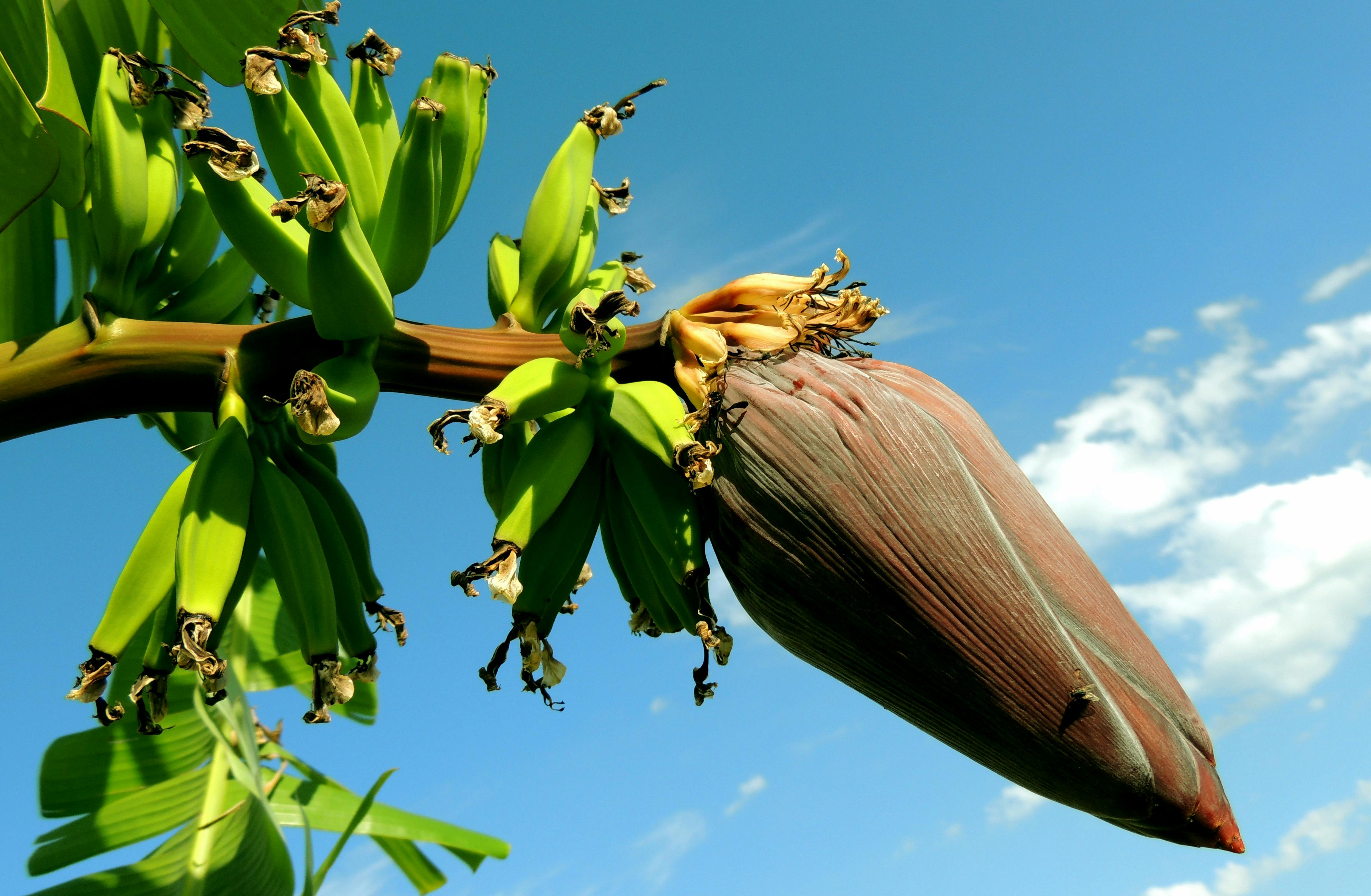Bananas are one of the most popular fruits in the world, but have you ever wondered what causes them to turn black? In this article, we will explore the science behind why bananas turn black and delve into the different stages of ripeness. We will also look at the differences between ripe and overripe bananas, and discover some surprising uses for overripe bananas. Whether you are a banana enthusiast or just curious about the topic, keep reading to learn more about this fascinating fruit.
Why do bananas turn black?
Bananas are a delicious and nutritious fruit beloved by many. However, it can be frustrating when they begin to turn black and spoil quickly. But why do bananas turn black?
The answer lies in the process of ripening. Bananas contain a natural plant hormone called ethylene, which triggers the ripening process. As bananas ripen, they produce more ethylene, causing them to become softer and sweeter.

However, once a banana has reached peak ripeness, it begins to break down rapidly due to enzymes breaking down its cell walls. This is why bananas turn mushy and eventually black.
Factors such as temperature and humidity can also accelerate the breakdown process of bananas. Storing ripe bananas in cooler temperatures can slow down this process.
Interestingly enough, some scientists are studying how ethylene gas produced by ripe bananas could be used as an alternative energy source for fuel cells. The possibilities for this common fruit are truly endless!
In conclusion, understanding the science behind why bananas turn black can help us better preserve them and appreciate their unique properties. So next time you see a bunch of darkened bananas in your kitchen, remember that there’s still potential for them beyond just being thrown away!
The stages of ripeness for bananas?
Bananas, the versatile fruit that is a staple in many households, have a unique ripening process. From green to yellow to brown and eventually black, bananas go through several stages of ripeness. But what causes this transformation, and when is the best time to eat them?
When bananas are harvested, they are typically green and unripe. As they start to mature off the tree, an enzyme called amylase breaks down starches into sugars. This process causes the fruit to turn from green to yellow as it becomes sweeter and softer.
But as bananas continue to ripen beyond their peak sweetness, they begin to produce more ethylene gas – a hormone that triggers further ripening. This can cause the fruit’s skin to become brown or even black in color.
While some may see a completely black banana as overripe or even rotten, it can actually still be edible if used in baking or smoothies. In fact, ripe bananas may even have more health benefits than unripe ones – such as increased antioxidant levels and easier digestion.
So next time you’re wondering when is the best time to eat your bananas – whether yellow or black – consider trying out different recipes that make use of each stage of ripeness for this delicious fruit!
The difference between ripe and overripe bananas.
Bananas are a popular fruit that comes in different shapes, sizes, and colors. They are widely consumed around the world and have various health benefits. However, when bananas turn black, it can be challenging to determine whether they are ripe or overripe.

Ripe bananas have a yellow peel with brown spots on them. These brown spots indicate that the banana is at its peak ripeness and is ready to eat. The flesh of ripe bananas is soft and sweet with a mild flavor that makes them perfect for baking or eating raw.
On the other hand, overripe bananas have a blackened skin with mushy flesh that has turned brown. These bananas are not ideal for eating raw as their texture becomes too soft and unappetizing. However, they can be used for baking as their sweetness intensifies when they become overripe.
To determine if a banana is ripe or overripe, you need to examine its skin carefully. A ripe banana will have some brown speckles on its yellow peel while an overripe one will have completely blackened skin with no visible yellow color left.
It’s important to note that while overripe bananas may not be ideal for consuming raw or in salads due to their texture changes; they still hold nutritional value as long as it hasn’t gone bad yet – antioxidants such as dopamine increase significantly as the fruit ripens further beyond being “perfect”.
In conclusion, understanding the differences between ripe and overripe bananas can help you make informed decisions about how to use them in cooking or when enjoying them fresh from the market!
Uses for overripe bananas?
When bananas turn black, many people assume they are no longer fit for consumption. However, there are a plethora of uses for overripe bananas that can not only save food waste but also add nutritional value to your meals.

« best banana farm btd6 2022
Choosing the Best Bananas for Your Baby: A Comprehensive Guide »
One creative use for blackened bananas is in baking. Mashed banana can be used as a natural sweetener and binder in recipes such as banana bread or muffins. The riper the banana, the sweeter it is, making it an excellent replacement for sugar or honey in baked goods.
Another surprising use for overripe bananas is in smoothies and shakes. Simply blend together frozen blackened bananas with milk or yogurt for a creamy and nutrient-packed drink. Bananas are high in fiber and potassium, making them an ideal addition to any diet.
For those looking to reduce their carbon footprint, using overripe bananas in homemade face masks can provide both beauty benefits and reduce food waste. The nutrients found within the fruit can help brighten skin while reducing inflammation.
Overall, when bananas turn black they may seem like a burden but with some creativity they can be transformed into something delicious and beneficial to both our bodies and the environment around us.
















